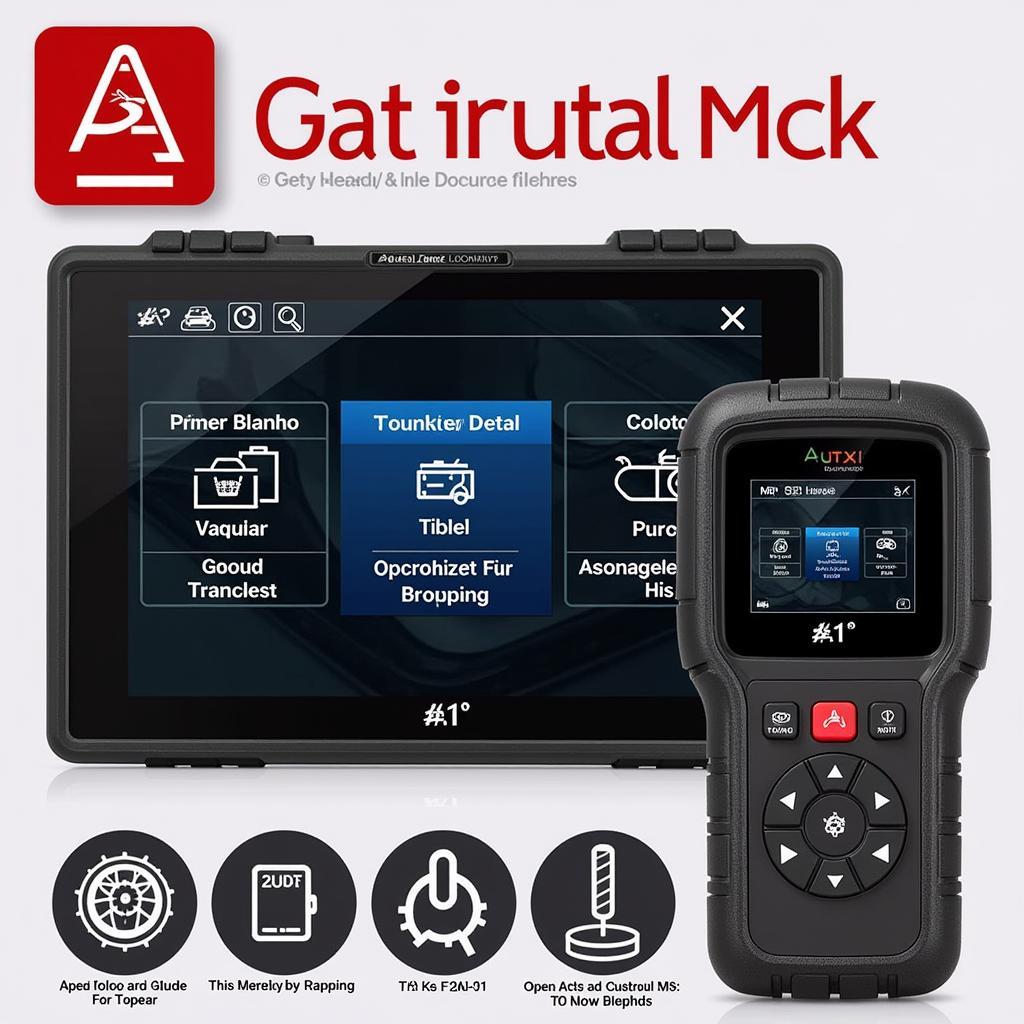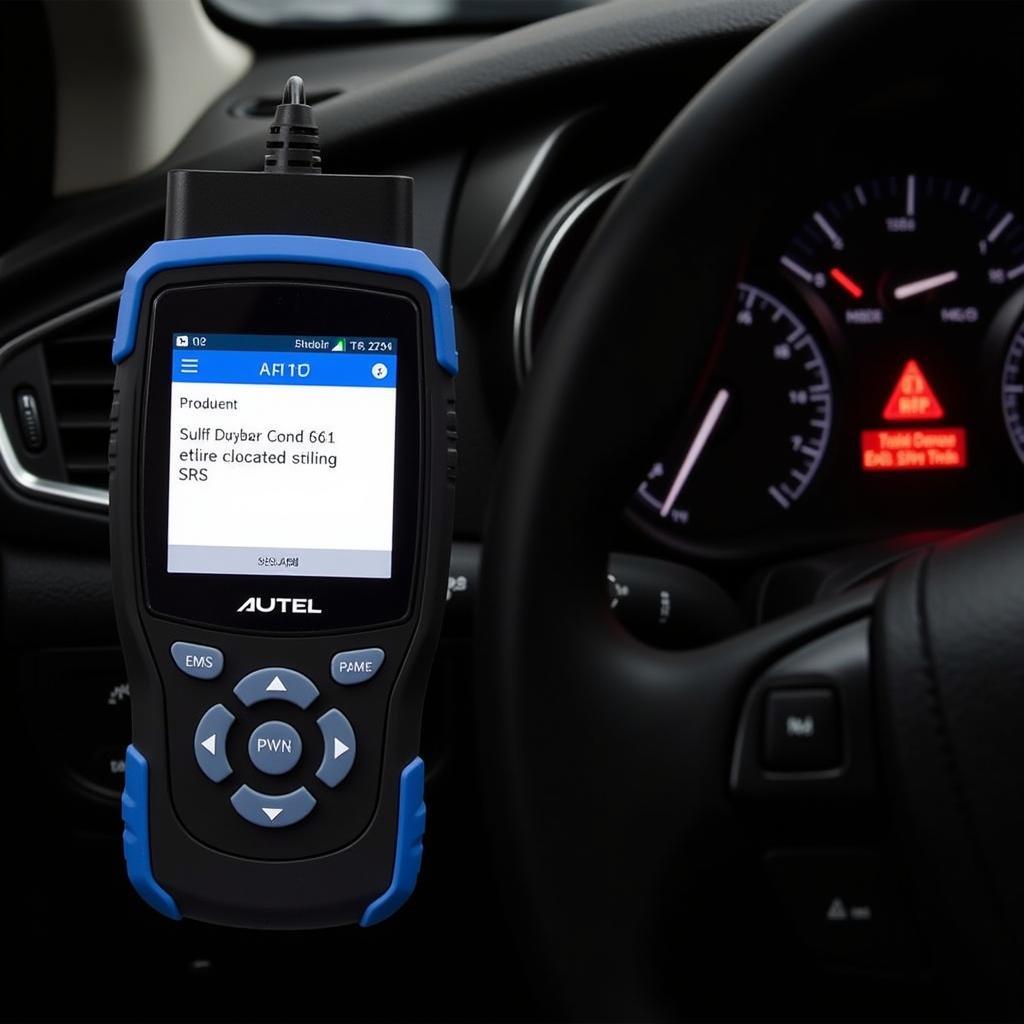Have you ever experienced your car idling too low or too high? It can be a frustrating issue, leaving you wondering if it’s a minor inconvenience or a potential sign of a serious problem. In this guide, we’ll delve into the world of idle speed control and explore how Autel diagnostic tools can help you identify and resolve these issues.
Understanding High Idle: Why Does My Car Idle High?
High idle, or a condition where your car’s engine runs faster than usual when it’s stopped, can be caused by a variety of factors. It’s crucial to understand the underlying reasons for high idle to effectively diagnose and address the problem.
The Importance of Idle Speed
Think of your car’s idle speed like the heart of its engine – it’s the rhythmic beat that keeps it running smoothly. When your car is idling, the engine needs to run at a specific speed to maintain essential functions such as powering the lights, radio, and other accessories. A properly functioning idle system ensures a seamless transition between starting and driving.
Causes of High Idle
From a technical perspective, high idle can be attributed to various issues. Here are a few common culprits:
- Faulty Idle Air Control (IAC) Valve: This valve regulates the amount of air entering the engine during idle, and a malfunctioning IAC valve can lead to excessive airflow, resulting in high idle.
- Dirty Throttle Body: A clogged throttle body can restrict airflow, forcing the engine to compensate by running faster to maintain idle speed.
- Vacuum Leak: Leaks in the vacuum system can disrupt the air-fuel mixture, causing the engine to idle high.
- Faulty Throttle Position Sensor (TPS): The TPS informs the engine control unit (ECU) about the throttle position, and an inaccurate reading can lead to incorrect fuel and air delivery, resulting in high idle.
- Faulty Mass Airflow (MAF) Sensor: The MAF sensor measures the amount of air entering the engine, and a faulty sensor can provide inaccurate data to the ECU, causing it to adjust the air-fuel mixture inappropriately, resulting in high idle.
- Faulty Engine Control Unit (ECU): While less common, a faulty ECU can also contribute to high idle by sending incorrect signals to the engine components.
Can Autel Enable High Idle?
Now, let’s address the elephant in the room: can Autel tools enable high idle? The answer is a resounding no. Autel scanners are powerful diagnostic tools that help you identify and troubleshoot problems, but they don’t directly control or modify engine settings that can lead to high idle.
Autel tools can help you:
- Read and Clear Diagnostic Trouble Codes (DTCs): These codes provide valuable clues about potential issues that might be causing high idle.
- Monitor Live Data: Autel scanners allow you to monitor various engine parameters in real-time, providing insight into the operation of different systems.
- Perform Actuator Tests: You can use Autel tools to test the functionality of components like the IAC valve and throttle body.
- Access Manufacturer-Specific Data: Some Autel scanners offer access to vehicle-specific data and information that can be helpful in diagnosing complex issues.
However, Autel tools are diagnostic tools, not tuning tools. They can help you identify the root cause of high idle, but you’ll need to address the underlying problem to resolve the issue.
Autel as a Powerful Diagnostic Tool
Imagine you’re driving on a busy highway, and your car suddenly starts to shudder and sputter. You pull over, feeling a surge of anxiety – what’s going on? This is where Autel comes in as your trusty mechanic in the digital age.
Autel scanners are designed to make complex diagnostic processes easier and more accessible. They bridge the gap between the technical complexity of modern vehicles and the everyday driver.
How to Diagnose and Fix High Idle
- Read and analyze diagnostic trouble codes: The first step is to use your Autel scanner to check for any fault codes related to idle speed control or air intake systems. These codes can point you in the right direction to identify the potential culprit.
- Inspect the IAC valve: A dirty or malfunctioning IAC valve can lead to high idle. Inspect the valve for dirt, debris, or any signs of damage. You can also use the Autel scanner to perform an actuator test to check the functionality of the IAC valve.
- Check the throttle body: A clogged throttle body can restrict airflow, causing the engine to run faster to compensate. Clean the throttle body using a throttle body cleaner and ensure it’s properly functioning.
- Look for vacuum leaks: Inspect all vacuum lines for leaks, especially around the intake manifold, brake booster, and PCV valve.
- Test the TPS: Use the Autel scanner to check the voltage output of the TPS. If the sensor is faulty, replace it.
- Inspect the MAF sensor: A dirty or faulty MAF sensor can provide inaccurate readings to the ECU, causing high idle. Clean the sensor or replace it if necessary.
Common Questions About High Idle
Q: How do I reset the idle speed on my car?
A: The idle speed is usually controlled by the ECU, and you can’t manually reset it. If you’ve addressed the underlying problem causing high idle, the ECU should automatically adjust the idle speed to the correct setting.
Q: What are the symptoms of high idle?
A: High idle can manifest in several ways. You might notice:
- Rough idle: The engine may shake or vibrate excessively when idling.
- Increased fuel consumption: High idle can lead to higher fuel consumption, as the engine is running faster.
- Stalling at idle: The engine may stall when stopped at a red light or while waiting in traffic.
- Engine hesitation: The engine may hesitate when accelerating from a standstill.
Q: What are the risks of high idle?
A: While high idle isn’t always a critical issue, it can lead to:
- Premature engine wear: Increased engine wear due to higher RPMs.
- Fuel inefficiency: Higher fuel consumption due to the engine running at a higher speed.
- Potential for engine damage: If the problem isn’t addressed, it could cause damage to the engine components over time.
What to Do If You Can’t Fix the Problem
If you’ve tried all the troubleshooting steps above and your car’s high idle persists, it’s time to seek professional help. A qualified mechanic can use specialized tools and diagnostic equipment to pinpoint the exact issue and perform the necessary repairs.
Conclusion
Understanding the mechanics of idle speed control and utilizing the power of Autel diagnostic tools can empower you to troubleshoot high idle issues effectively. By applying the tips and insights outlined in this guide, you can diagnose and resolve this common problem and keep your car running smoothly.
Remember, car care isn’t just about keeping your vehicle running, but also about nurturing its well-being. It’s like tending to a garden – with the right tools and knowledge, you can keep your engine healthy and vibrant.
If you’re struggling with high idle issues or any other car problems, don’t hesitate to reach out to us at Whatsapp: +84767531508. Our team of experienced automotive technicians is available 24/7 to offer expert advice and support. Let’s keep your car running smoothly, one diagnosis at a time!
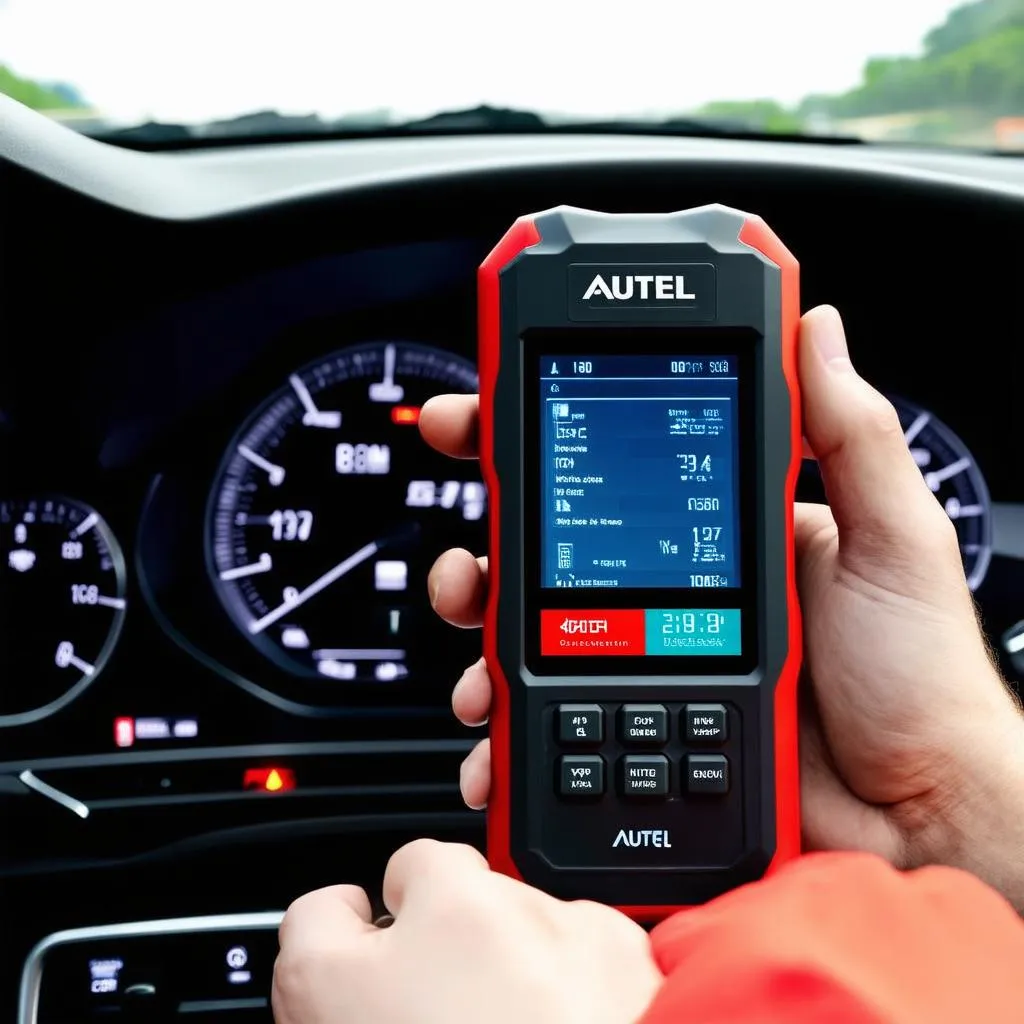 Autel Scanner
Autel Scanner
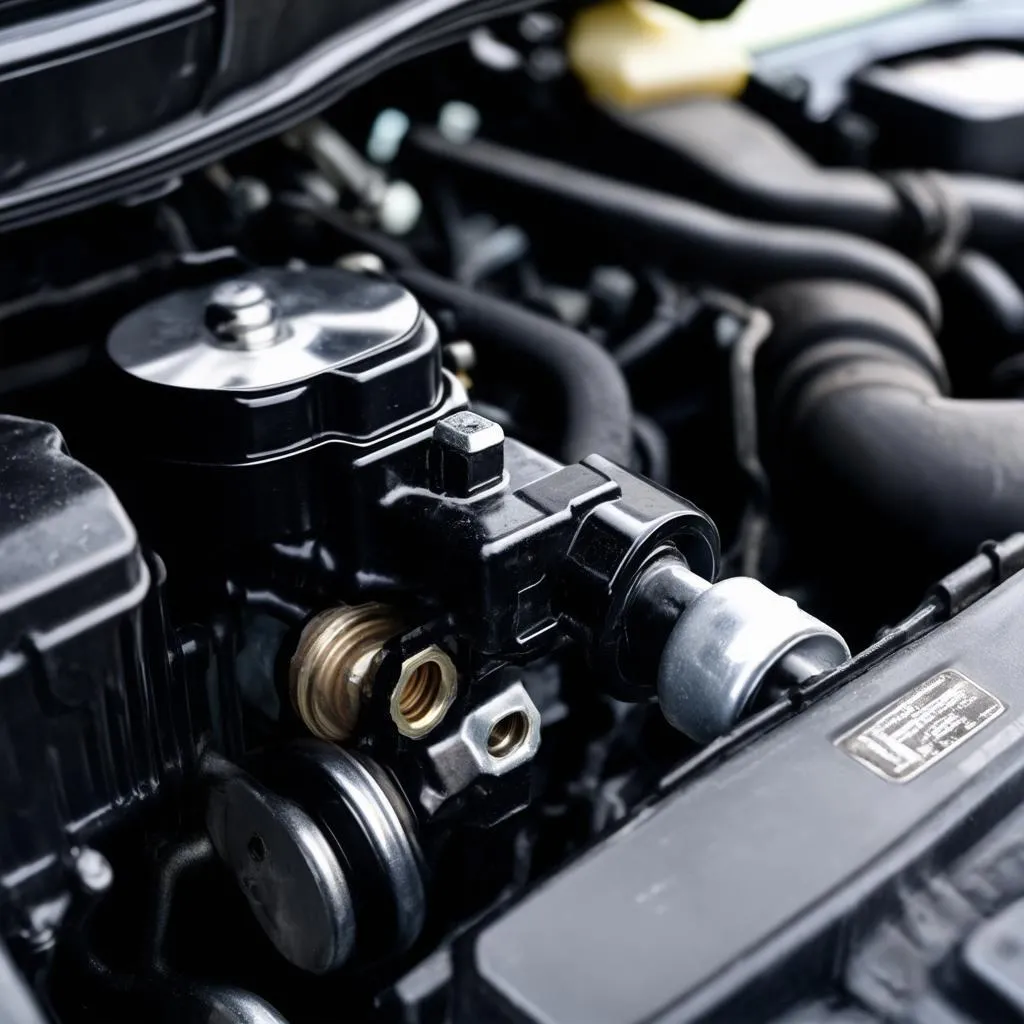 Engine Idle
Engine Idle
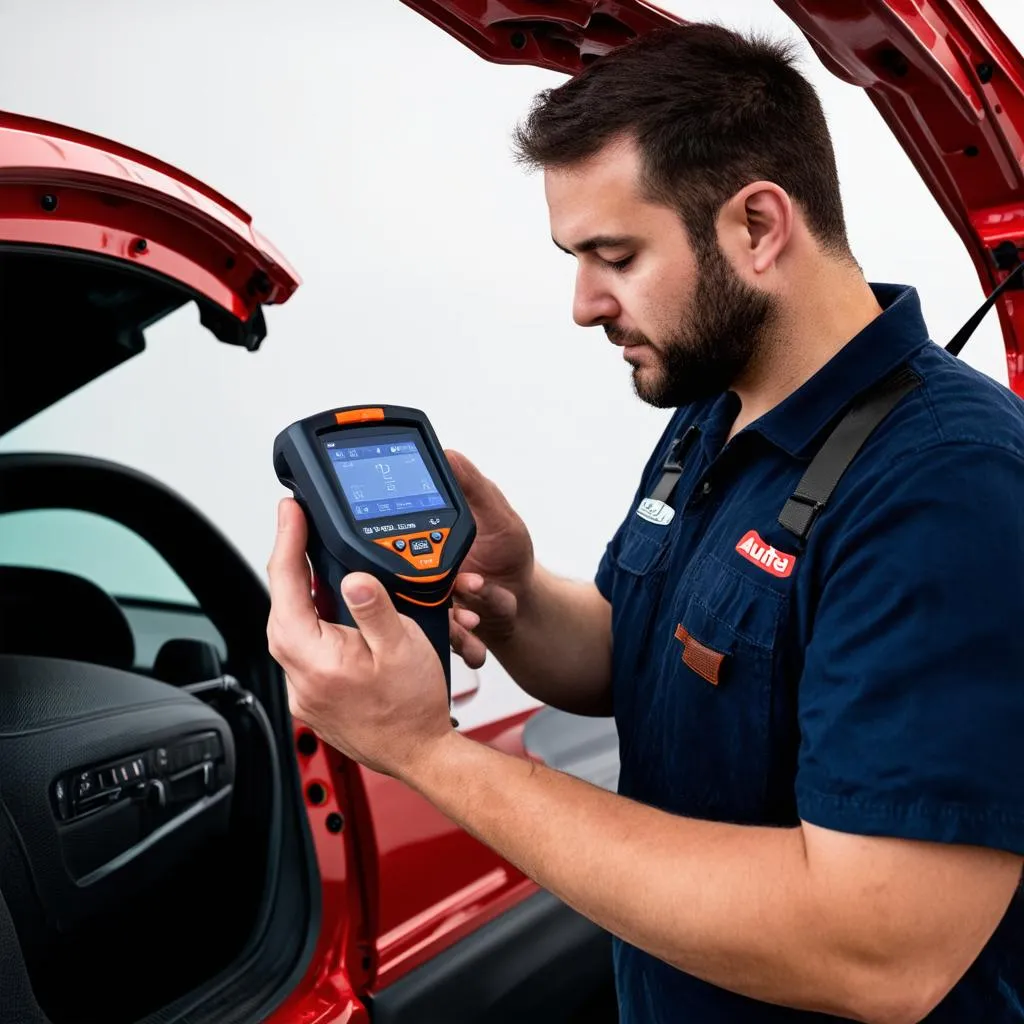 Car Diagnostics
Car Diagnostics
